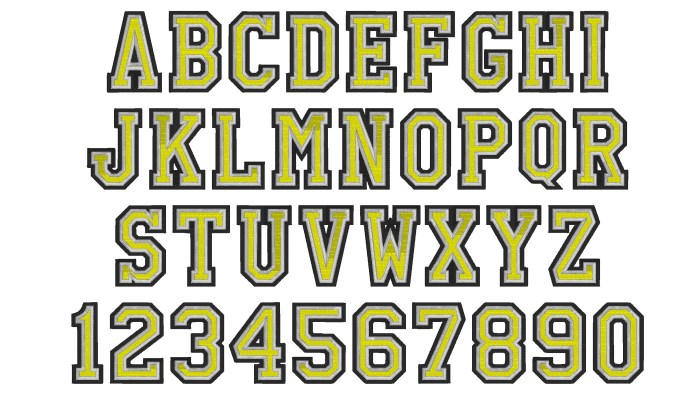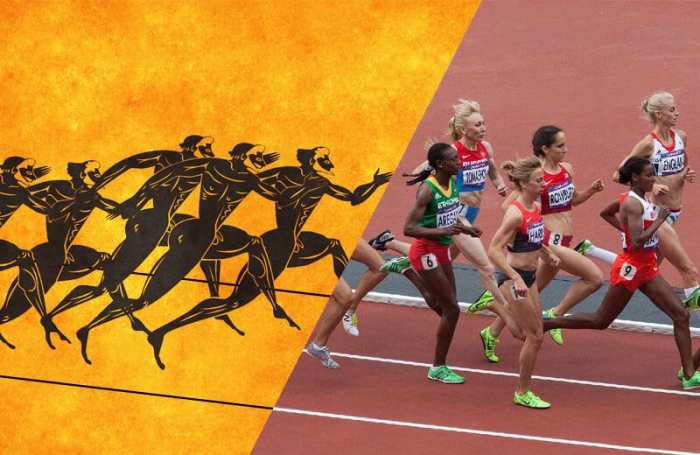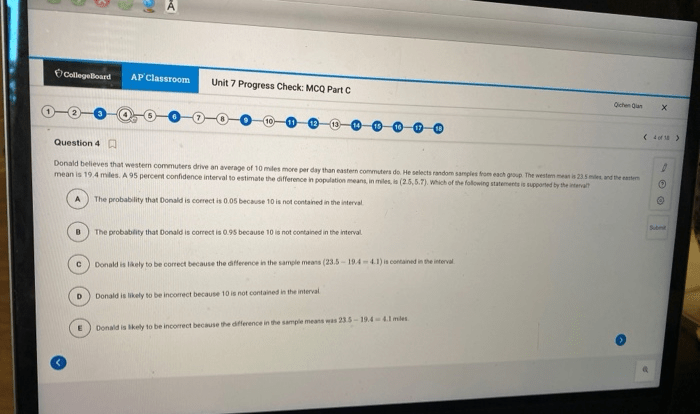The initial collegiate athletic contests were a pivotal moment in the history of higher education, marking the beginning of a tradition that would shape the lives of countless students and contribute to the fabric of American culture. This captivating narrative delves into the origins, evolution, and impact of collegiate sports, providing a comprehensive examination of this multifaceted phenomenon.
From the earliest recorded contests to the modern era of high-stakes competition, collegiate athletics have undergone a remarkable transformation. This essay traces the development of the rules, regulations, and technologies that have shaped the game, while also exploring the social and cultural significance of these events.
Origins of Collegiate Athletics

The earliest recorded collegiate athletic contests date back to the early 19th century. In 1852, Harvard and Yale competed in the first intercollegiate rowing race, marking the beginning of organized collegiate sports.
Several factors contributed to the emergence of collegiate sports, including the rise of organized sports in the United States, the growing popularity of higher education, and the desire of colleges and universities to promote school spirit and foster a sense of community among students.
The first sports played at colleges and universities included rowing, baseball, football, and track and field.
Evolution of Collegiate Athletics

Collegiate sports have evolved significantly over time. The rules and regulations of collegiate athletics have been standardized and codified, and the level of competition has increased dramatically.
The impact of technology on collegiate athletics has been profound. Advances in training methods, equipment, and broadcasting have transformed the way that collegiate sports are played and experienced.
Impact of Collegiate Athletics

Collegiate athletics have both positive and negative impacts on students. On the positive side, collegiate athletics can promote physical fitness, teamwork, and leadership skills. On the negative side, collegiate athletics can be demanding and time-consuming, and can lead to injuries and academic problems.
Collegiate athletics play a major role in promoting school spirit and alumni engagement. Successful athletic programs can generate excitement and pride among students and alumni, and can help to build a sense of community.
Collegiate athletics have also had a significant impact on society. Collegiate sports have helped to promote the values of fair play, sportsmanship, and competition. They have also helped to break down barriers of race, gender, and social class.
Current State of Collegiate Athletics

The current landscape of collegiate athletics is complex and ever-changing. The NCAA is facing increasing pressure to address issues such as athlete compensation, academic integrity, and the health and safety of student-athletes.
Collegiate athletics are facing a number of challenges, including the rising cost of attendance, the increasing demands on student-athletes, and the growing commercialization of college sports.
Despite these challenges, collegiate athletics continue to play a vital role in American higher education. They provide opportunities for students to develop their physical, mental, and social skills. They also promote school spirit, alumni engagement, and societal values.
Clarifying Questions: The Initial Collegiate Athletic Contests Were
When were the first collegiate athletic contests held?
The earliest recorded collegiate athletic contest took place in 1852 between Harvard and Yale.
What sports were played in the early days of collegiate athletics?
The first collegiate sports included rowing, baseball, football, and track and field.
How have the rules and regulations of collegiate athletics changed over time?
The rules and regulations of collegiate athletics have evolved significantly over time, with changes to equipment, safety protocols, and eligibility requirements.


